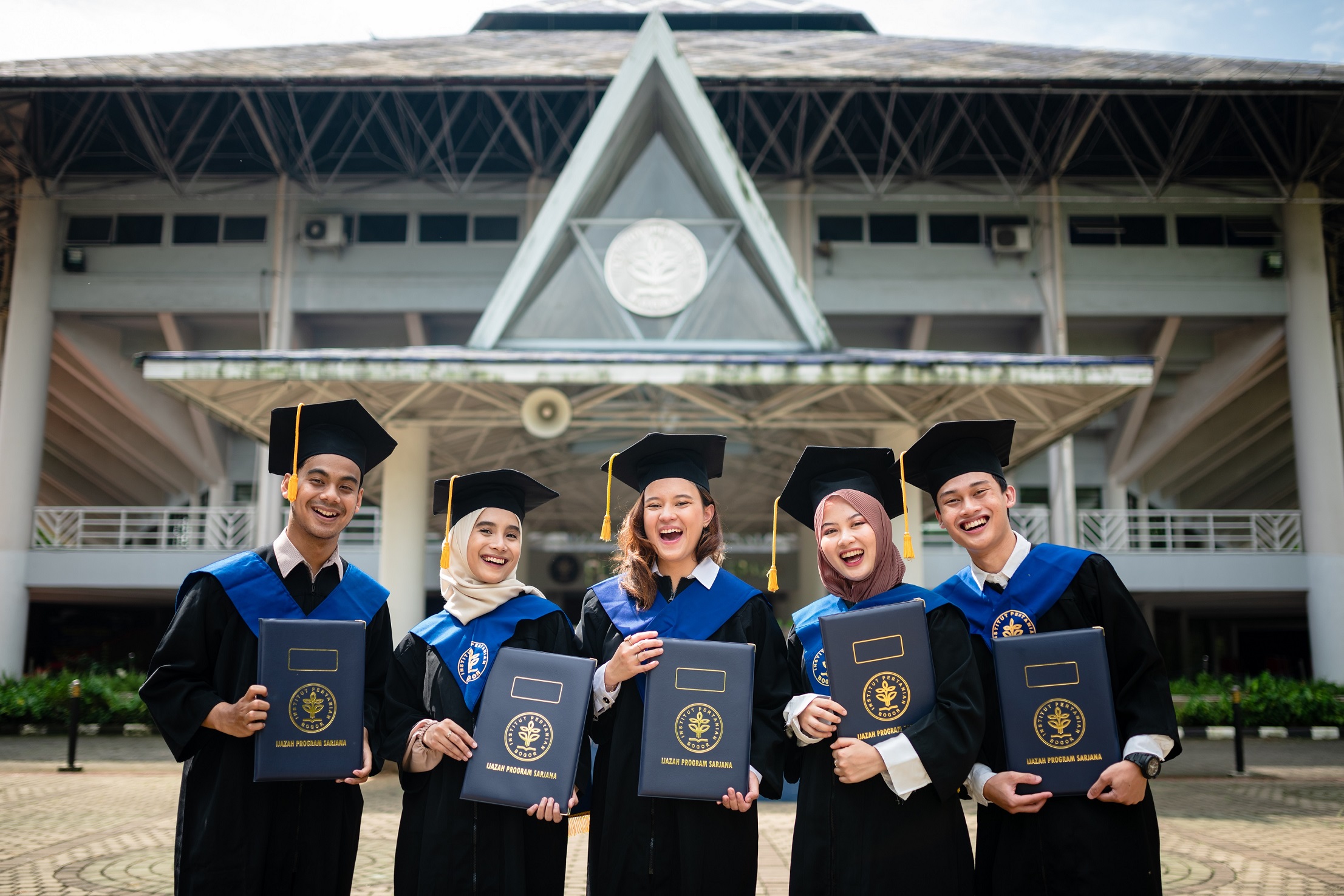Welcoming Food Day with Sago
It is a big irony that we are a large nation with potentially abundant natural resources, including the potential of sago, it is only now we talk about. We should now have enjoyed the development of sago; the satire tone was expressed by an agricultural industry scholar of Bogor Agricultural University (IPB), Dr. Tajuddin Bantacut when speaking at the Seminar and Workshop on Sago held by IPB, (14/10) at IPB International Convention Center (IICC).
In the country, sago grows lot in various areas such as Papua, Maluku, North Maluku, Southeast Sulawesi, West Kalimantan and Riau Islands. In Papua alone, there are many different types of sago. Papua BPTP has the collection of 60 species in its garden. The sago planting area is estimated to reach about one million hectares. This figure represents 51.3% of the total area of sago in the world. Unfortunately, in terms of utilization, Indonesia is still far behind compared to other countries with much smaller areas.
Although it is known to have such a great potential, but this food that has not yet been touched substantially in fulfilling the need for the staple foods of Indonesian people. So far sago has not been cultivated effectively; in fact it can be said to grow just like a jungle of plants.
Minister of Agriculture, Suswono as a keynote speaker for the topic “Accelerating Development of Sago as Food Materials and Green Bioenergy" says that food security is the current national development priority. "We have some targets of success related to self-sufficiency of rice, meat, soybean, and sugar. Sago is one of the targets with in the frame of food security," said Minister of Agriculture
Further, according to him, the issue of food security is not only about the production of and public access to food, but also about the pattern of food consumption. Our food diversification is relatively weak. "Sago can be one option in the food diversification. When compared with non-rice food sources of carbohydrates such as cassava, sweet potato, potato and maize, the national average consumption of sago is the lowest. The sago consumption figure of Indonesian people is only about 0.41 kg / capita / year. Moreover, if compared with the consumption of imported wheat, sago consumption is much lower. Wheat consumption in 2009 reached 12.88 kg / capita / year in urban areas and 9.05 kg / capita / year in rural areas," he said.
Minister of Agriculture also says that sago can be used not only as food but also as industrial raw materials for paper, glue, cosmetics, and so forth. Sago has such a great potential, but what is the problem that makes it in this country unattractive for further development for either food or industry? Yet, according to the IPB expert of sago, Prof. Bintoro, in Malaysia sago has been used so widely for example to manufacture liquid sugar, monosodium glutamate, noodles, caramel, sago pearls, crackers, industrial adhesives, and other industries.
According to the Minister of Agriculture, there are at least four problems in the development of sago in Indonesia. First, in Indonesia it has not been intensively treated (not yet cultivated, but merely as forest plants). Second, it is still regarded as an inferior food (eating sago mean low class). Thirdly, it is still cultivated traditionally. Fourth, the development of sago has not been optimal in improving the people’s economy because its added value does not to come out.
Related to an optimal utilization of sago, Prof. Bintoro offers a comparative calculation of potential sago plant. One hectare of land is optimally grown with 156 sago trees. A single tree can produce 200-300 kilograms of starch. Assuming that we can harvest 100 trees / hectare, the production per hectare will range from 20-30 tons. If the price of sago starch is Rp 3000/kg, then the farmer’s income from 1 hectare of land is Rp 60-90 million. Unfortunately this potential decreases because sago farmers sell more in the form of sago trunk (tual), which is only priced around Rp 12 million.
In this respect, the Minister of Agriculture proposed strategies needed to develop sago among others: socialization and promotion of various processed sago with high economic and social values, development of technology and innovation in the processing of sago, development of partnerships with businesses, and creation of commodity share of sago in both domestic and international levels. "Manufacture of food in Indonesia is actually ready to use sago as the substitution of wheat flour with up to 20%. However, the problem is in the continuity of sago flour raw material and price. This is a challenge in the development of sago," said Minister of Agriculture.
Vice Rector for Resources and Development of IPB, Prof. Dr. Herman Siregar in his speech pointed out, universities can play a role in planning and designing advanced studies that can be applied on the field. "Preparation of sago development roadmap from downstream to upstream that is sustainable and environmentally sound," he said.
The workshop was attended by participants from various agencies: central government, local governments, universities, research centers, as well as agribusiness stakeholders. Various aspects of sago cultivation were discussed including environmentally-sound development of sago, the potential of development sago, sago business perspective, and sago CSR. Other resource persons invited were Director of Plantation Forest Development, Bejo Santoso, President Director of PT. Sagu Prima, Hadi Fauzan; and Yahya Alkatiri (PT Freeport).
The event was also attended by Vice Head of Bogor Municipality, DVM. Achmad Ru’yat. According to Committee Chairman, Dr. Iskandar Lubis, this workshop produced a roadmap plan of research for sago development technology and post-harvest, as well as policy recommendations, institutional aspects, and strengthening of supporting infrastructure for the accelerated development of sago. He added that in October 2011 it is planned to hold an International Seminar on sago in IPB. (mtd)



